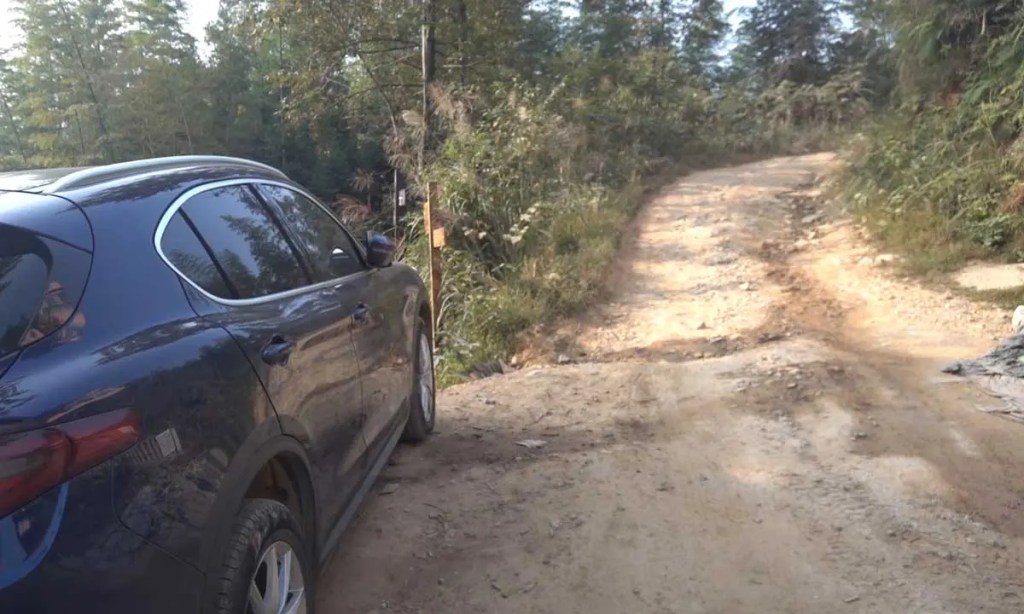China is more than ancient imperial glory and modern futuristic cities. It’s also a world of breathtaking natural beauty, often shaped and sculpted by the human hand – and hiking the Longji rice terraces is one of the most intimate ways of getting to know them.
For centuries, the Zhuang and Yao ethnic minority peoples have carved these intricate terraces into the mountainsides, creating a stunning cultural landscape that is both a productive farm and a world-famous tourist destination.
One of the best ways to experience this unique place is to hike the trail between its two main villages, Dazhai and Ping’an. This journey takes you through the heart of the terraces, revealing the delicate balance between ancient agricultural life and the pressures of modern tourism.
The Dazhai to Ping’an Trail: What to Expect
Many online descriptions can make this hike sound like a major expedition requiring a guide.
In reality, the 12-kilometer (7.5-mile) trail is quite manageable for most hikers and can be completed in 3-4 hours, depending on your pace and how often you stop for photos.
However, don’t underestimate the terrain.
The path is a constant series of ups and downs, following narrow stone-paved trails and dirt paths that wind through the terraces.
Good footwear is essential, and it’s wise to carry a GPS track on a phone or watch, as the path can be confusing, especially when passing through villages.
The Journey from Dazhai
The hike begins in Dazhai, a large Yao village nestled in a valley.
The initial climb is steep, taking you up through the village and past the smaller settlement of Tiantouzhai.




You’ll quickly ascend towards the viewpoint of Xishan Shaole (“Music from the West Mountain”). Here, the path splits. While the main tourist trail heads to the viewpoint, the path to Ping’an veers off, becoming a quieter, more rustic trail.
This is where the landscape begins to change.
You leave the most heavily touristed parts of Dazhai behind and enter terraces that feel more functional.
In autumn, you’ll see fields that have already been harvested, the golden stalks left to dry, while the fields closer to the main viewpoints are often left untouched for longer to preserve the picturesque scenery for visitors.




A Landscape in Transition
Hiking through these quieter sections reveals the complex reality of life here.
You’ll pass small farmhouses where locals are drying rice and bright red chilies on bamboo mats. It’s clear that agriculture continues, but it has become a sideshow to the main economic engine: tourism.
This is a recent development. A decade ago, Ping’an was the main destination, and Dazhai was a sleepy backwater.
Today, thanks to enterprising local leadership and the construction of a cable car to the Jinfodeng (“Golden Buddha Peak”) viewing platform, Dazhai has become a major hub.
This economic shift has brought prosperity, but it also concentrates the benefits in the most accessible areas, leaving those who live further from the main paths to continue their traditional farming life with less access to the tourist income.
Navigating the Middle Path
The middle section of the trail is the most challenging to navigate.
At a farm house, you suddenly aren’t on a path that’s easy to follow, but have to turn right past the house, basically in their backyard.

As you approach the village of Zhonglu, the path becomes less distinct again.
It weaves through the village in a complicated pattern, going near a road, but not onto it, then through the village past houses and onto a road, from which it branches off again suddenly. Having a GPS route here is invaluable, and I was still happy to follow another hiker who seemed to know the way.
Soon after Zhonglu, the trail descends into a bit of flat ground that looks like it would become a wide creek bed when it rains. Then it climbs and descends again and again, taking you through more forests and terraces before the final approach to Ping’an.







Arriving in Ping’an
The end of the wilderness trail is abrupt. Suddenly, you emerge onto a paved road bustling with traffic, near the parking lot for the JiuLong WuHu (“Nine Dragons and Five Tigers”) viewing platform above Ping’an.







From here, the final descent takes you back onto stone paths that wind down through the terraces into Ping’an village itself.
As the original tourist hub, Ping’an feels more established and commercialized than Dazhai, but its setting, draped across the hillside, remains undeniably beautiful.



More on the Longji Rice Terraces
Walking this trail is more than just a hike.
It’s a journey through a living landscape, a chance to witness firsthand the beauty of the terraces and the complex, evolving story of the people who call the Dragon’s Backbone home.
If you haven’t done so yet, you can dive deeper into their story in this post.


You must be logged in to post a comment.